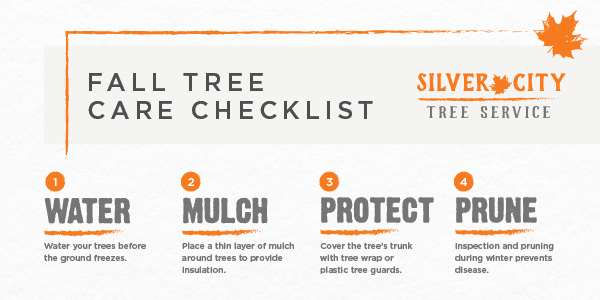Post-Tree Elimination Maintenance: Reliable Techniques For Landscape Repair
Post-Tree Elimination Maintenance: Reliable Techniques For Landscape Repair
Blog Article
Article By-Franks McKinnon
After a tree's removal, your landscape may look fairly different, and it's important to examine the aftermath thoroughly. You'll intend to evaluate the soil disruption and inspect bordering plants for any signs of anxiety. Ignoring these aspects can result in larger troubles down the line. So, what should you perform with those stumps and roots? And just how do you choose the best plants for your rejuvenated area? Let's check out these essential steps.
Evaluating the Consequences: Evaluating Your Landscape
After a tree removal, it's essential to evaluate your landscape to understand the effect it has on your lawn.
Start by taking a look at the area where the tree stood. Try to find indicators of dirt disturbance, and check the bordering plants for any kind of stress or damage.
You should also make note of just how the elimination has transformed sunlight direct exposure and air flow in your garden. This change can affect the growth of nearby plants, so it's vital to evaluate their health.
Take into consideration the visual facets as well; the removal could develop an open space that you can revamp.
Finally, think of any type of potential erosion problems that might develop from the tree's absence. Resolving these factors early will assist recover equilibrium to your landscape.
Dealing With Stumps and Origins: Options for Elimination
As soon as you've examined the consequences of the tree removal, you'll likely need to deal with the stump and roots left.
You have a couple of alternatives for removal. One reliable approach is stump grinding, where an expert utilizes a machine to grind the stump down to below ground degree. This method leaves minimal disturbance to your landscape.
If you prefer a do it yourself technique, you can use a mix of digging and chemical stump removers. Simply remember, this process can take some time and initiative.
Additionally, take into https://patch.com/virginia/fairfaxcity/christmas-tree-safety-tips-how-prevent-devastating-fires leaving the stump as an all-natural feature, which can work as a special yard element or environment for wild animals.
Whatever you choose, resolving the stump and roots is important for restoring your landscape.
Picking the Right Plants for Your New Area
As you assess your recently gotten rid of area, choosing the right plants can considerably enhance your landscape's appeal and performance.
Beginning by considering the sunlight and dirt conditions. For sunny areas, choose drought-resistant plants like lavender or succulents. In shaded Prunes Tree , brushes and hostas thrive well.
Consider simply click the following post and development behaviors of your plants; mix perennials and annuals for seasonal range. Don't forget to incorporate indigenous types; they require less maintenance and support regional wild animals.
Team plants in weird numbers for a more all-natural look and produce layers for aesthetic deepness.
Finally, ensure you have a mix of shades and structures to maintain your landscape lively throughout the seasons.
Pleased growing!
Final thought
Finally, restoring your landscape after tree removal is a rewarding procedure. By assessing the consequences, addressing stumps and origins, and choosing the right plants, you'll produce a thriving environment. Do not neglect to integrate erosion control steps to protect your soil. With a little initiative and care, you can change your area right into a dynamic yard that boosts your residential property. Accept the chance to rejuvenate your landscape and enjoy the beauty of nature right in your backyard!
